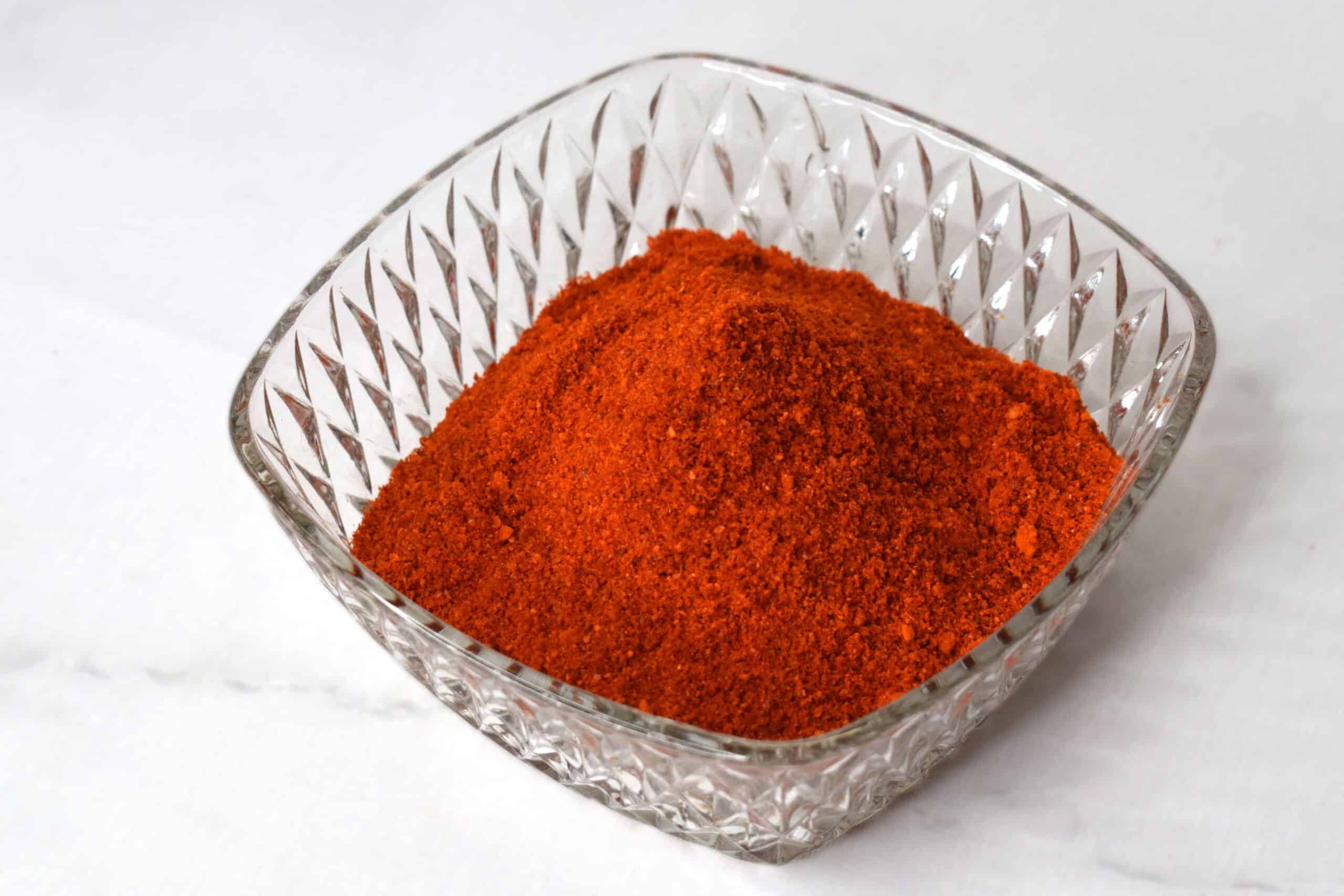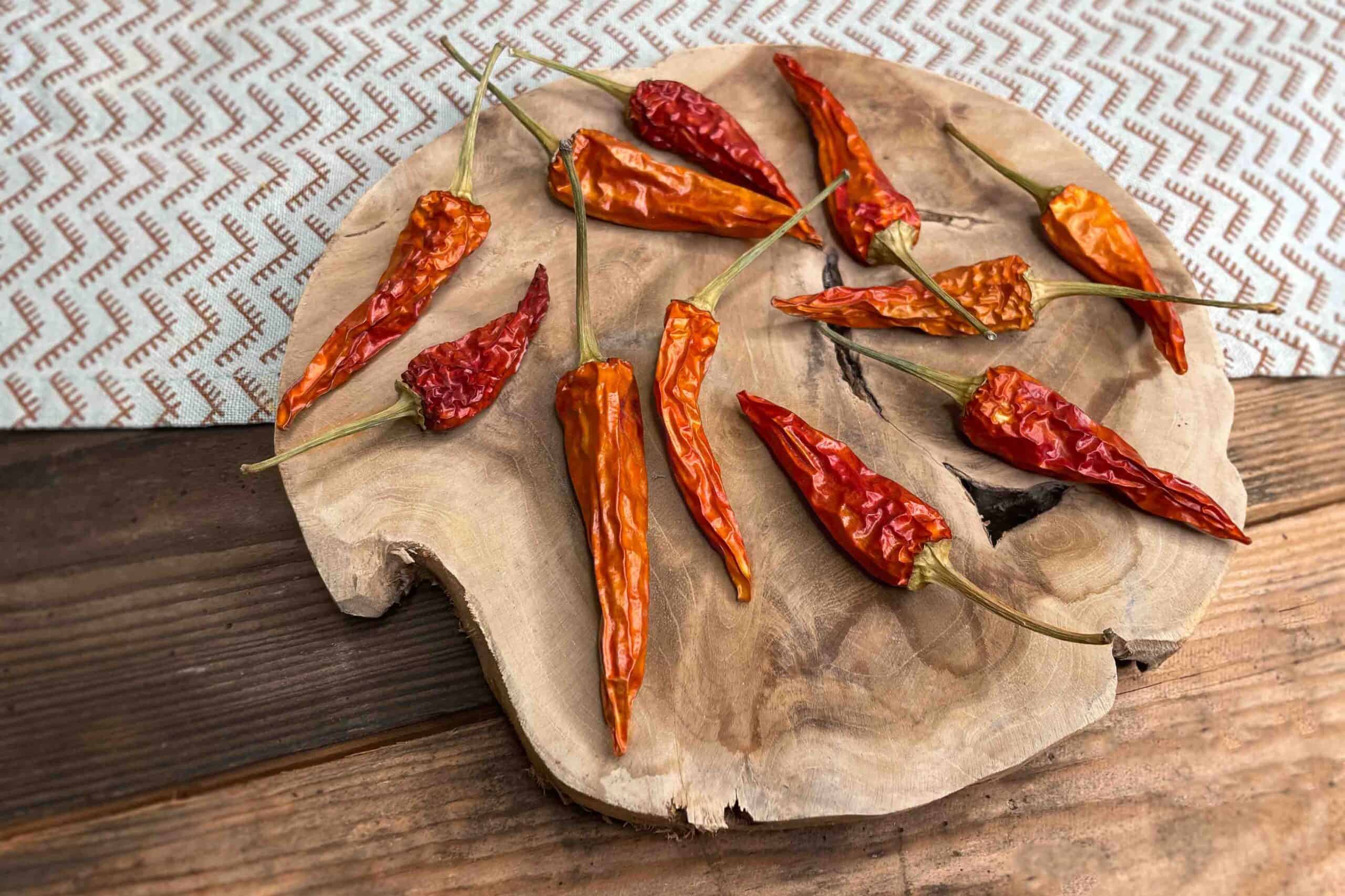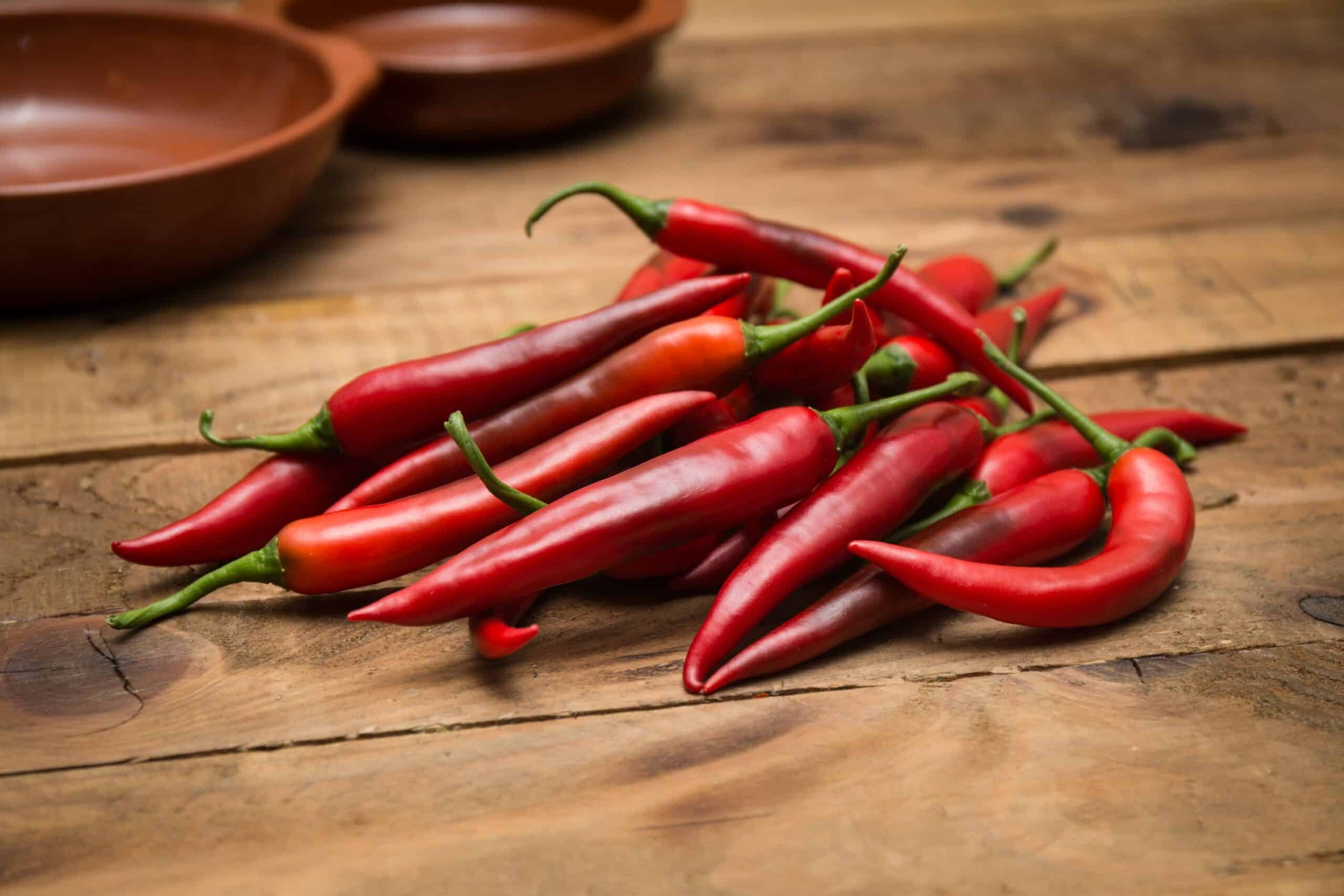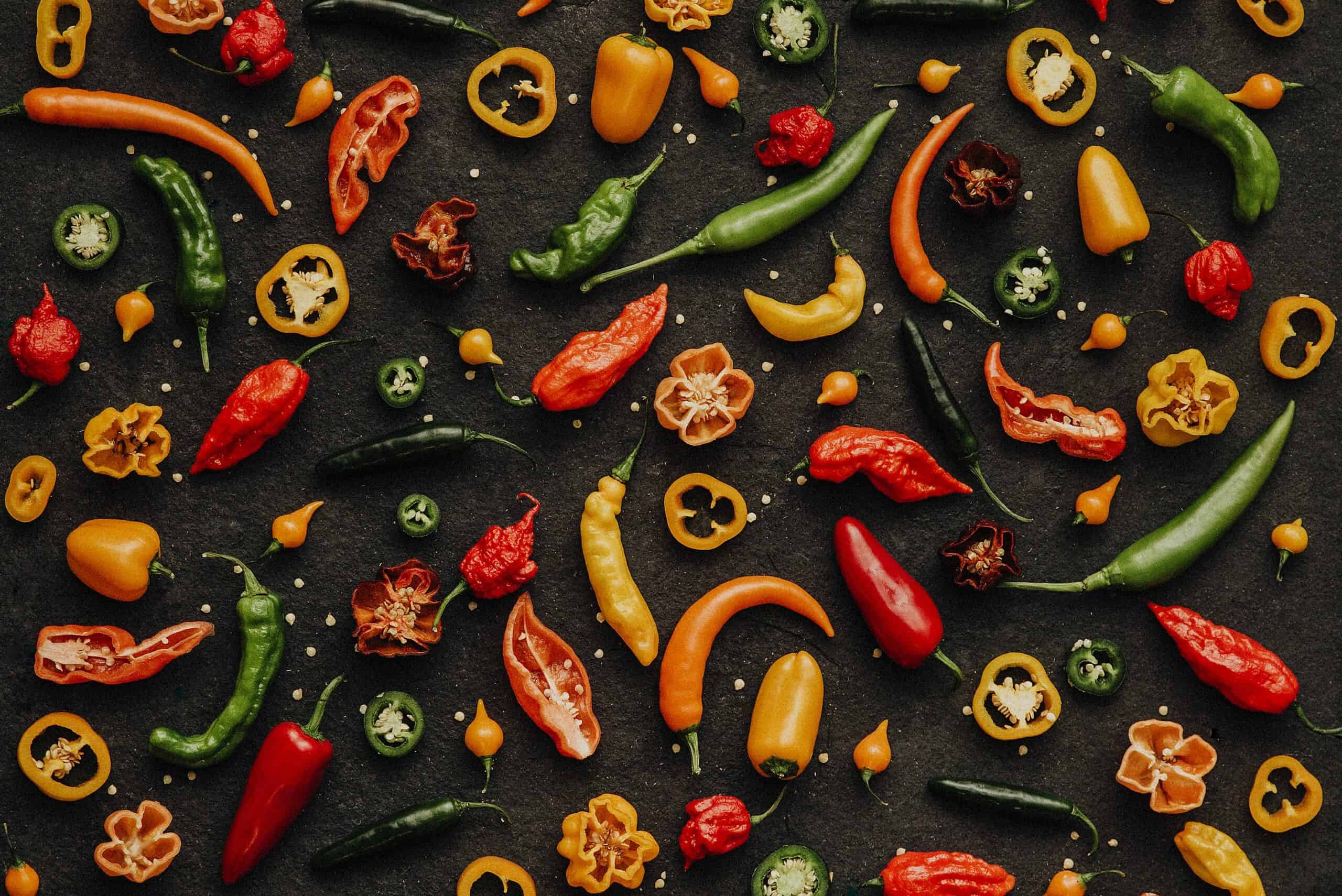- Direct from the grower
- Freshly shipped
- Fast delivery & pickup point
- Spicy support

Eritrea is a country in East Africa, located on the Red Sea in the northeastern part of the continent. Eritrean cuisine is varied and rich in flavor and tradition. Eritrean food culture places a high value on communal meals. It is customary to eat with your hands, using the pieces of injera to pick up and dip food.
Eritrean cuisine has been influenced by several cultures, including Ethiopian, Arab and Italian cuisine. This is because of its location and because it was an Italian colony until the end of World War II. Then a British protectorate and between 1952 and 1962 a federation with Ethiopia. In 1962, against its will, the country was incorporated as a province of Ethiopia. This sparked years of strife and war. In 1991, Eritrea became an independent country.
Despite its complex history and challenges, it has a rich culture, diverse cuisine and unique heritage that makes it worth exploring and understanding.
The cuisine is known for its use of olive oil, spices, vegetables and legumes. In addition, there are 2 particular essential ingredients.
Berbere
Berbere is a very spicy herb mix or spice paste that forms the basis of the cuisine of Eritrea. It is composed of several freshly ground and roasted spices, including red pepper, paprika, garlic, ginger, cumin, coriander, fenugreek, cinnamon and more. The exact composition can vary from recipe to recipe and region to region, but the result is always a complex and spicy flavor. Berebere can be prepared as a dry mixture or as a paste with oil or water and onions. It has also been called the "queen of spices."
Berbere is often used to flavor stews. It can also be used as a seasoning for grilled meats, vegetables, sauces and soups. It gives dishes not only a spicy kick, but also a deep and rich flavor with layers of spiciness and heat.
Mitmita is another spice mix that is widely used, it tends to be spicier and is often used when preparing meat dishes.
Tesmi
Tesmi is clarified butter to which onions, garlic and spices such as ginger and turmeric are added. Clarified butter is pure butterfat, and you get it by boiling all the milk proteins and water out of the butter. The garlic, ginger and onion are finely chopped and along with all the herbs and spices, added to the butter. This gives it the rich flavor. After 20-30 minutes of cooking, it no longer foams and the butter floating on top is clear. It is important not to stir because the supernatant butter will be sifted out of the pan. Let this cool and you have Tesmi.
Tesmi is often used as a seasoning for a variety of dishes, including stews, grilled meats, vegetables and soups. It adds an intense garlic and ginger flavor to meals and can vary in spiciness depending on the amount of ingredients used.



Fresh and dried chilies are often used as flavoring and garnishes in Eritrean dishes. They can be added to salads, sauces and side dishes to add extra flavor and spiciness. They have an important role in creating the distinctive flavors of Eritrea. The choice of pepper type depends on the desired spiciness and the specific flavor sought in a dish. Some of the most commonly used pepper types are:
Red peppers
Red peppers are often dried and ground into a powder to make berbere, a key ingredient in Eritrean stews and sauces. In fresh form, it is used as a flavoring and garnish. They s not only give dishes their characteristic spiciness, but also contribute to the depth of flavor and aroma.
Bird's eye chili / Rawit
Bird's eye chili, also known as "azebo gomena" in Eritrea, are small, very hot peppers used to add spice to dishes. They are sometimes added whole to stews or ground into a spicy sauce.
Jalapeño & green peppers
Jalapeños and green peppers are also used in Eritrean cuisine, usually in fresh form to add a mild spiciness to dishes. They are often used as a garnish and can be added to salads, stews and other dishes.
In Eritrea, they do not eat from their own plate but collectively from a very large bowl. The table is not set with knife, fork or spoon but they eat with their hands. Many dishes are therefore served with injera, a bread that resembles a pancake with a spongy texture and a slightly sour taste. The pieces of injera are used as a kind of cutlery to pick up and dip food.


Stews, known as wats or tsebhi, play a central role in Eritrean cuisine. 'Wats' is the general term referring to different types of Eritrean stews. It can include meat, vegetables or lentils simmered in a sauce based on herbs, onion, tomato, berbere and other herbs and spices. There are also many vegetarian dishes prepared with vegetables and potatoes; or with, for example, cabbage, pumpkin (dubba) or okra (bamja).
Popular wats include Doro Wat (spicy chicken stew with eggs), Misir Wat (vegetarian stew made from red lentils) and Atkilt Wat (stew of mixed vegetables).
Tsebhi is a more specific type of Eritrean stew and usually refers to meat dishes. Tsebhi is traditionally prepared by stewing meat in a sauce based on specific herbs and spices. It can be prepared with beef, chicken, lamb or even fish. Tsebhi often has a rich flavor due to slow simmering and the use of spices such as cumin, cardamom, garlic and onion.
Popular tsebhi are Doro Tsebhi (stew with chicken) and Zigni Tsebhi (spicy beef stew with berbere). These are usually served on special occasions, such as parties or festivals, and are dishes known for their rich flavor and aroma.
Suwa is a traditional local beer popular in Eritrea. It is usually made from barley and sometimes corn. Suwa has a slight sourness and is often brewed at home. It is a social drink enjoyed on special occasions and gatherings.
Tej is associated with Ethiopian culture, but it is also drunk in Eritrea. Tej is a traditional honey wine that can be either sweet or spicy, depending on the method of preparation and added spices. It is often a favorite choice during celebrations and festivals.
Coffee has a special place in Eritrean culture. The coffee ceremony is an important social ritual in which fresh coffee beans are roasted, ground and brewed for guests. This ceremony brings people together and symbolizes hospitality and community.



The two countries have a long history of political and cultural differences. There are unique aspects to both cuisines, but they also share many common dishes, elements and tastes.





| Monday | from 8:00 a.m. to 5:00 p.m. |
|---|---|
| Tuesday | from 8:00 a.m. to 5:00 p.m. |
| Wednesday | from 8:00 a.m. to 5:00 p.m. |
| Thursday | from 8:00 a.m. to 5:00 p.m. |
| Friday | from 8:00 a.m. to 5:00 p.m. |
| Saturday | from 8:00 a.m. to 12:00 p.m. |
| Sunday | Closed |
Burg. Crezeelaan 44A
2678 KZ De Lier
The Netherlands
© Westlandpeppers | Webshop by Buro Staal

This Friday our web shop will be closed. Orders placed after 9:30 a.m. on Thursday, July 31, will be processed and shipped again on Monday. Thank you for your understanding!